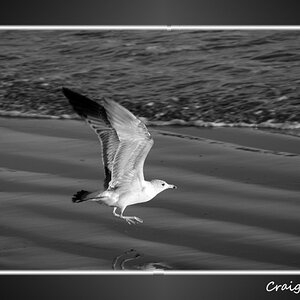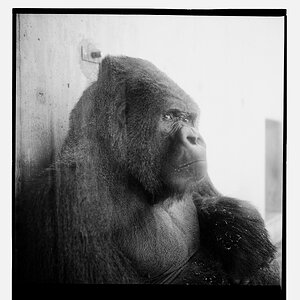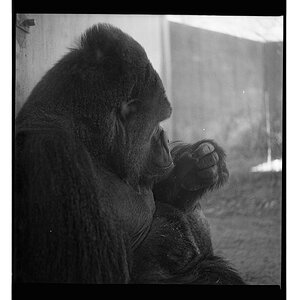DScience
No longer a newbie, moving up!
- Joined
- Apr 12, 2009
- Messages
- 1,513
- Reaction score
- 122
- Location
- Denver, CO
- Can others edit my Photos
- Photos NOT OK to edit
Hi everyone,
I want to start by asking a question that will probably make me look even more amateurish than I already am. But anyway, I am wondering the difference in view between a DX and FX lenses on a DX body; the D90 in particular. Let me get something straight, since DX have the crop factor (1.5 in my case) that means that a 50mm non-DX lens on my camera appears to be a 75mm lens; correct?
Now let's take the new 35mm f1.8G DX lens that came out a while back. Even though this is a DX lens, doesn't it still appear as a roughly 52mm lens? I'll explain my question after this is taken care of because it's been confusing me since the beginning.
I want to start by asking a question that will probably make me look even more amateurish than I already am. But anyway, I am wondering the difference in view between a DX and FX lenses on a DX body; the D90 in particular. Let me get something straight, since DX have the crop factor (1.5 in my case) that means that a 50mm non-DX lens on my camera appears to be a 75mm lens; correct?
Now let's take the new 35mm f1.8G DX lens that came out a while back. Even though this is a DX lens, doesn't it still appear as a roughly 52mm lens? I'll explain my question after this is taken care of because it's been confusing me since the beginning.



![[No title]](/data/xfmg/thumbnail/37/37636-e02c7efccb426a8951ed97a37c0f9307.jpg?1619738157)









